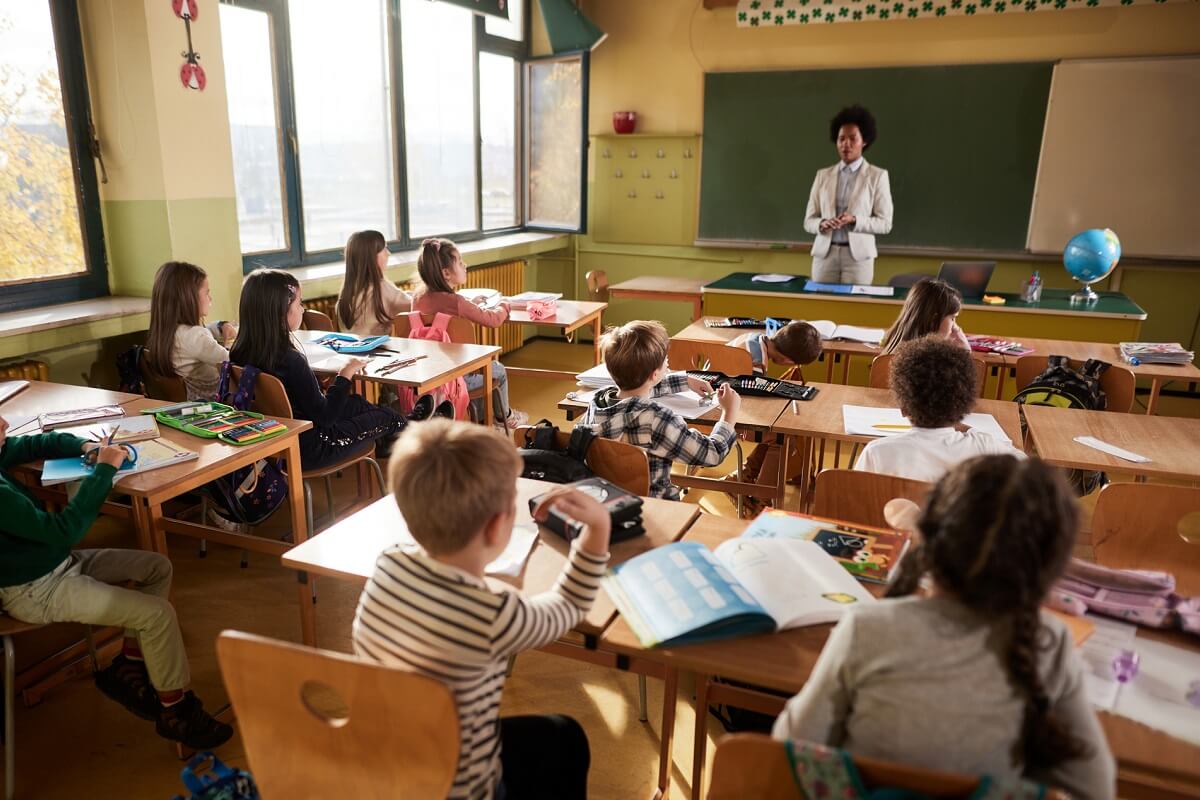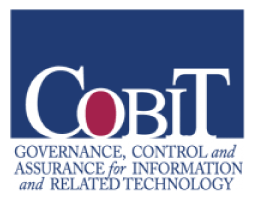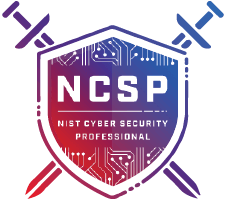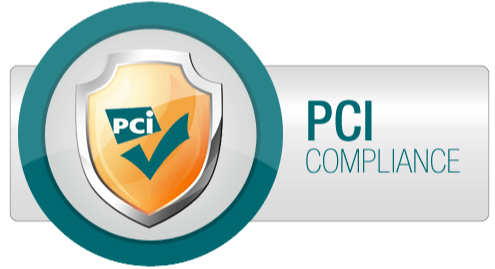There isn’t a week that goes by that I don’t land upon another news story about horrendous violence in schools. The stories of merciless bullying, beatings, sexual crimes, and shootings are alarming, and statistics are rising.
During the 2020-2021 school year, there were 93 school shootings with casualties compared to 30 or less in previous school years. It is estimated that at least 246 million students are exposed to school violence each year with girls, students with disabilities, and students with non-conforming gender being most targeted. About 20% of high school students report being bullied, and 8% have been involved in a physical fight at school. More than 7% report that they have been threatened or attacked with a weapon at school. About 9% have stayed home from school because they felt unsafe.
Common Predictors
While it is not always obvious why a student engages in violence, there are some risk factors that educators can identify to get the student help and hopefully prevent the potential for violence. Some of the most common predictors of school violence are:
- bullying
- poverty
- substance use
- access to weapons
- living in high crime areas
- students who harm animals
- students with difficult home lives
- students who struggle academically
- students with a prior history of violence
- students exposed to domestic violence or abuse
- hanging out with peers who engage in violence
- students with hyperactivity or impulsive behavior
- students who have been exposed to violence or been a victim
- students with mental health issues (e.g., anxiety, depression, suicidal ideation, etc.)
Effects of Trauma
Being exposed to violence can have devastating consequences for the perpetrator, victim, bystanders, educators, families, and communities. The trauma can affect academic performance, mental health, physical health, relationships, and future behavior. In addition to the common approaches to preventing violence in school such as reporting any signs or tips to authorities, informing adults, and identifying students with high risk factors, there are other strategies that may be helpful.
Addressing Trauma
Students who are exposed to violence may benefit from some time spent addressing their trauma. This can include engaging students in discussions and activities to develop their social-emotional skills to help them better communicate, cope, and persevere. Social-Emotional Learning (SEL) and mental health education may help in the prevention of violence by building skills in:
- empathy
- relationships
- self-control
- self-advocacy
- problem solving
- conflict resolution
- perspective-taking
- understanding emotions
- better understanding of mental health issues in self and others
Social and Emotional Learning (SEL)
Research supports SEL as an effective tool for decreasing bullying. Schools with active SEL programs tend to report less violence than schools who do not support students’ social-emotional learning. In addition, educators who are knowledgeable about SEL and mental health are better able to identify risk factors and address needs to students who may be susceptible to engaging in violence.
Identifying Risk Factors and Addressing Needs
Improving attendance has also been shown to be effective in reducing violence. Students with frequent unexcused absences are more likely to commit acts of violence or to be victims of violence. In a study with the National Center for Engagement, students who increased their attendance showed improved grades, and were 66% less likely to have disciplinary actions or criminal activity. Some schools have successfully decreased truancy by using electronic ID tags or engaging parents more in student attendance.
Providing supports for families can also help in preventing violence. Parent education programs, mental health services, counseling, and making parents accountable can reduce the likelihood of school violence. In addition, schools that provide intervention programs to target at-risk students are less likely to experience acts of violence in comparison to schools who do not provide these types of programs.
One of the largest risk-factors for school violence is bullying. This includes students who engage in bullying, victims of bullying, and bystanders. Reducing bullying in schools significantly reduces acts of violence. It is imperative that students understand bullying, can talk about it, and know how to avoid or respond to it.
Student leadership can also help in the prevention of bullying and violence in schools. Empowering students to be a part of the solution and directly engaging them in decisions about programs and interventions is often more effective than any adult-led interventions. In addition, student voices need to be center stage when students have been exposed to violence. It is critical to understand what they are feeling, what they understand and don’t understand, and what they need.
Behavior Skills Training
Behavioral Skills Training is an evidence-based method that can be used to teach a variety of skills including prevention of violence and bullying, pro-active SEL skills, and communication skills. This includes 4 phases of intervention and is simple and easy to learn:
Instruction:
Teach the student the skills and knowledge that they need to know. This includes developing a common language to help facilitate productive and safe conversations about each topic.
Model:
Show the students what to do. This can include showing videos of how to respond in different situations or having a student demonstrate what to do.
Rehearsal:
Engage students in role-playing or discussing different scenarios. Teach them to identify potential consequences for different actions and to make better choices when faced with difficult situations.
Feedback:
Give students frequent feedback on their actions with praise positive and pro-social behaviors. Also, help students develop solutions for making better choices when they engage in inappropriate behaviors.
Pro-Active Steps to a Safer Future
While school violence is not always preventable, taking pro-active steps to minimize risk factors and build resilience and connectedness may save lives. While it may seem like a reasonable response to increase security with officers, locks, cameras, metal detectors, etc., research indicates that these do not improve feelings of safety in students nor does it decreases infractions.
Building social, emotional, and mental wellness skills and actively engaging students in building a safe, supportive, and productive environment is the key to unlocking a safer future for schools.
Resources
Report on Indicators of School Crime and Safety: 2021, Bureau of Justice Statistics (ojp.gov)
10 years. 180 school shootings. 356 victims. 10 years of shootings on K-12 campuses across the US., CNN (cnn.com)
School Violence: Types, Causes, Impact, and Prevention, VeryWell Mind (verywellmind.com)
Fast Fact: Preventing School Violence, CDC (cdc.gov) – Updated page: About School Violence
Risk and Protective Factors, CDC (cdc.gov)
School Violence Prevention: 7 Ways How To Prevent School Violence, Teaching Solutions (teachingsolutions.org)
How to Prevent Bullying, Stop Bullying (stopbullying.gov)











